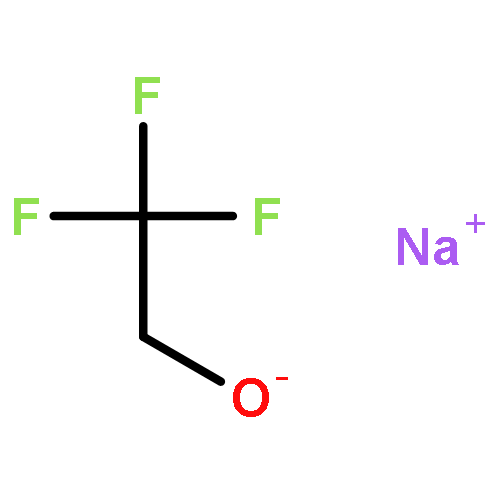Hydrolytically sensitive polymers that degrade into benign products are of interest as biomedical materials. The aim of this study was to determine the properties and hydrolytic characteristics of both poly(diethoxyphosphazene) and related derivatives with both ethoxy and hydrophobic co-substituent groups in a near-1:1 M ratio such as 2,2,2-trifluoroethoxy, phenoxy, or p-methylphenoxy units. These hydrophobic cosubstituents served as models for bioactive counterparts. The hydrolytic sensitivity of the ethoxyphosphazene units was so pronounced that even hydrophobic or bulky O-linked co-substituents failed to counteract the hydrolysis behavior during a twelve-week hydrolysis study. This work illustrates a pathway for the development of a new class of useful bioerodible polymers.

